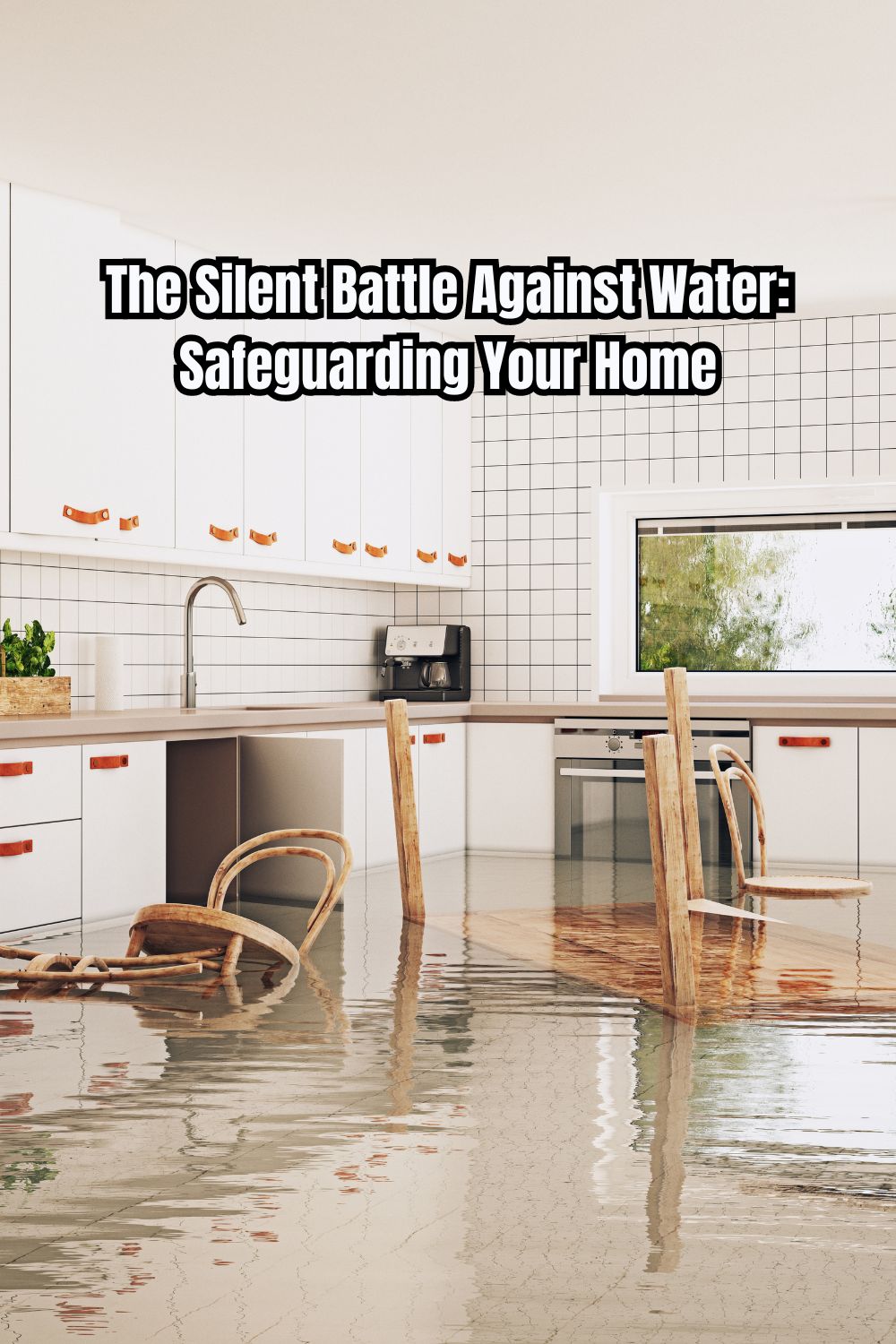Are you looking for ways on safeguarding your home from water damage? Here are tips for the silent battle against water.
The Silent Battle Against Water: Safeguarding Your Home
Oh, rain! It’s like that friend who shows up uninvited, and even though they mean well, they can cause a bit of chaos in your home if you’re not ready for them. And let’s be honest, while rain does wonders for our flower beds, it can wreak havoc on our homes if we’re not careful. Who wants the headache of a leaky roof or a flooded basement after every heavy shower? Not me! So, let’s dive into why it’s super important to keep our homes snug and dry, no matter what the weather throws our way. Truth be told, a few well-placed investments in home maintenance can save you a bundle in repairs down the line. It’s all about being proactive rather than reactive. Think of it as putting up a ‘no vacancy’ sign for any water that wants to come waltzing in uninvited!
The Hidden Dangers of Rain to Your Home
First things first: water’s sneaky. It finds every little crack and crevice to seep into, and before you know it, you’re dealing with some serious damage. From soggy ceilings to warped floors, the troubles just pile up. And let’s not forget about mold—it doesn’t just smell weird; it can really mess with your health. It’s a lot, right? But the good news is, with a little vigilance and some smart upkeep, you can keep your home dry and cozy. Constant exposure to moisture can ruin your beloved home décor and even damage electrical systems, leading to potential safety hazards. Ignoring these warning signs can lead to extensive and expensive home repairs. Ensuring your home is well-maintained wards off the creeping menace of creeping dampness.
Critical Areas to Monitor and Protect
Okay, so the roof? It’s your home’s trusty shield against rain. Regular check-ups are a must to catch any mischief, like a sneaky shingle ready to let water in. And those gutters need to be clutter-free to shoo the water away from your home’s foundation effectively.
Now, let’s talk windows and doors. They’re like the VIP entry points for rain if they’re not sealed right. Double-check those seals, maybe add some weather-stripping—you know, just to be safe.
Lastly, the ground around your house shouldn’t invite water to stick around. A bit of regrading might just do the trick! By channeling water effectively away from your property, you minimize the risk of it seeping into your basement or pooling around the foundation, which can lead to structural issues and costly repairs. Waterproofing basements and crawl spaces can also prevent the unpleasant surprise of finding your belongings waterlogged.
Innovative Solutions for Weatherproofing
Isn’t technology amazing? Nowadays, there are all sorts of gadgets and gizmos to help keep your house dry. We’re talking about smart systems that alert you the second there’s a leak. Or how about those nifty moisture barriers that laugh in the face of rain? Plus, water-resistant paints are not just about looking pretty; they’re like raincoats for your house. Advanced materials and building techniques have significantly improved over the years, allowing for better insulation and water resistance. These technological advances make it easier to monitor and prevent water damage before it becomes a major issue. It’s truly empowering to have modern tools at your disposal to protect your sanctuary.
Practical Tips for Weatherproofing Your Home
Here’s a handy tip: keep an eye on your house like it’s a treasure chest. Seasonal inspections are key—spring for the roof, fall for the foundation, you get the drill. Gutters can be real drama queens without guards, and those downspouts? Make sure they’re doing their job by directing water far, far away from your foundation. Sealing up gaps will keep your home warmer and drier. And hey, don’t forget to have an emergency stash—tarps, sandbags, the whole nine yards, ready for when Mother Nature decides to throw a curveball. Consulting with professionals like Rain Drain can also provide insights into potential vulnerabilities in your home’s armor against the rain. Regularly cleaning your gutters and downspouts to prevent blockages can drastically reduce the risk of overflow and foundation damage. Preparing for heavy rain events by securing loose items and checking your property for drainage issues can also help mitigate potential damage.
Conclusion
Let’s wrap this up: rain doesn’t have to be your home’s enemy. With a bit of preparation and some savvy upgrades, you can protect your abode from unwanted moisture. Remember, every home deserves to be a dry, comfy haven. By tackling these tasks head-on, you’ll not only safeguard your home but also create a healthier environment for everyone under your roof. So, grab that umbrella (for your house!), and let’s keep that rain where it belongs—outside. Being informed and ready makes all the difference; it turns a potentially disastrous downpour into just another rainy day. This proactive approach not only protects your home but also gives you peace of mind during those stormy seasons. Your home is your castle—defend it well, and it will stand strong against the elements.


Leave A Reply!